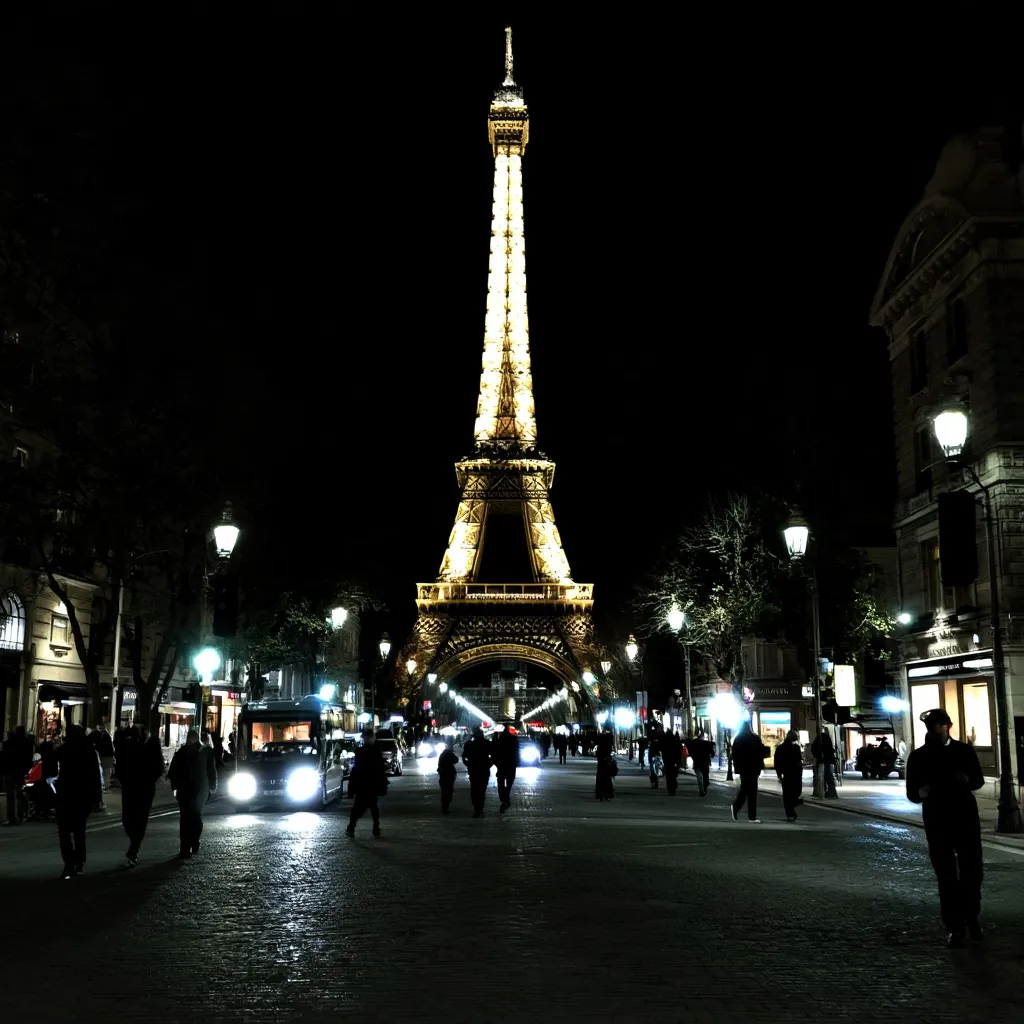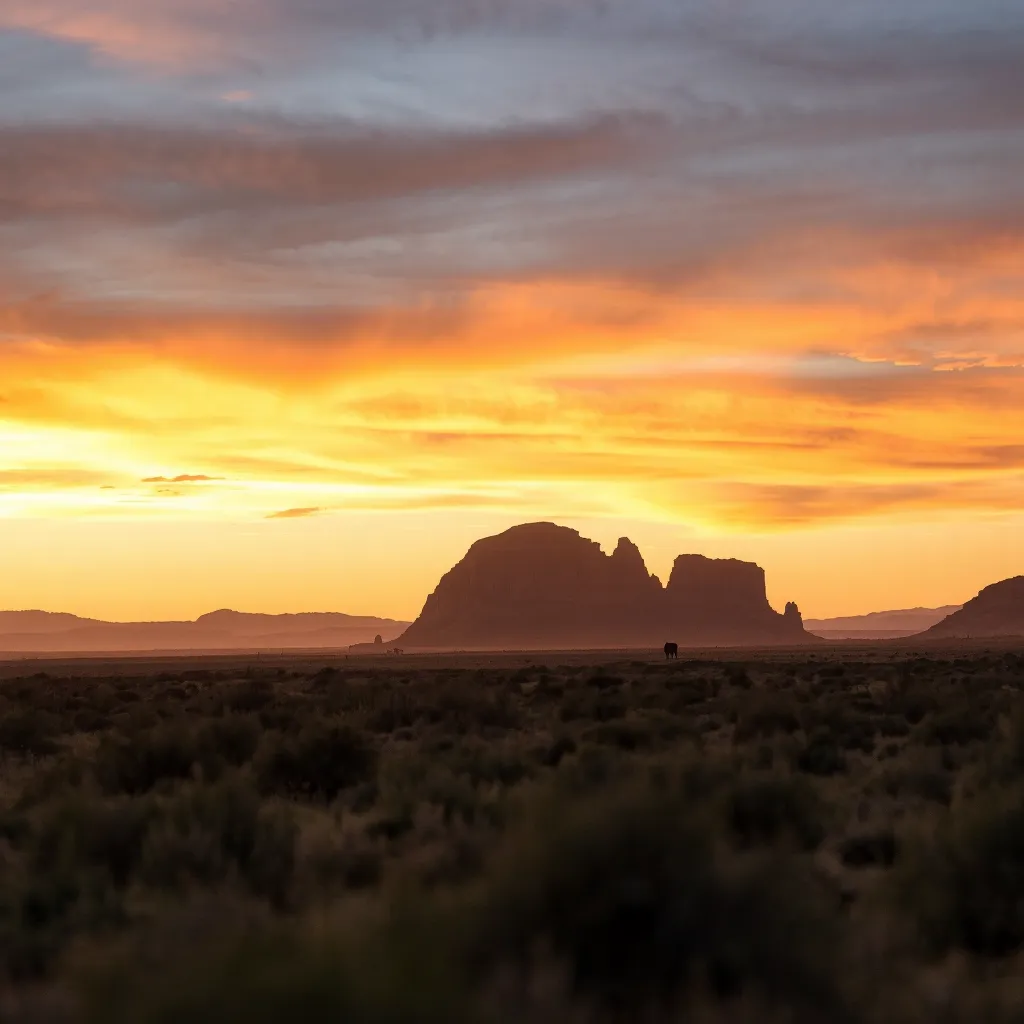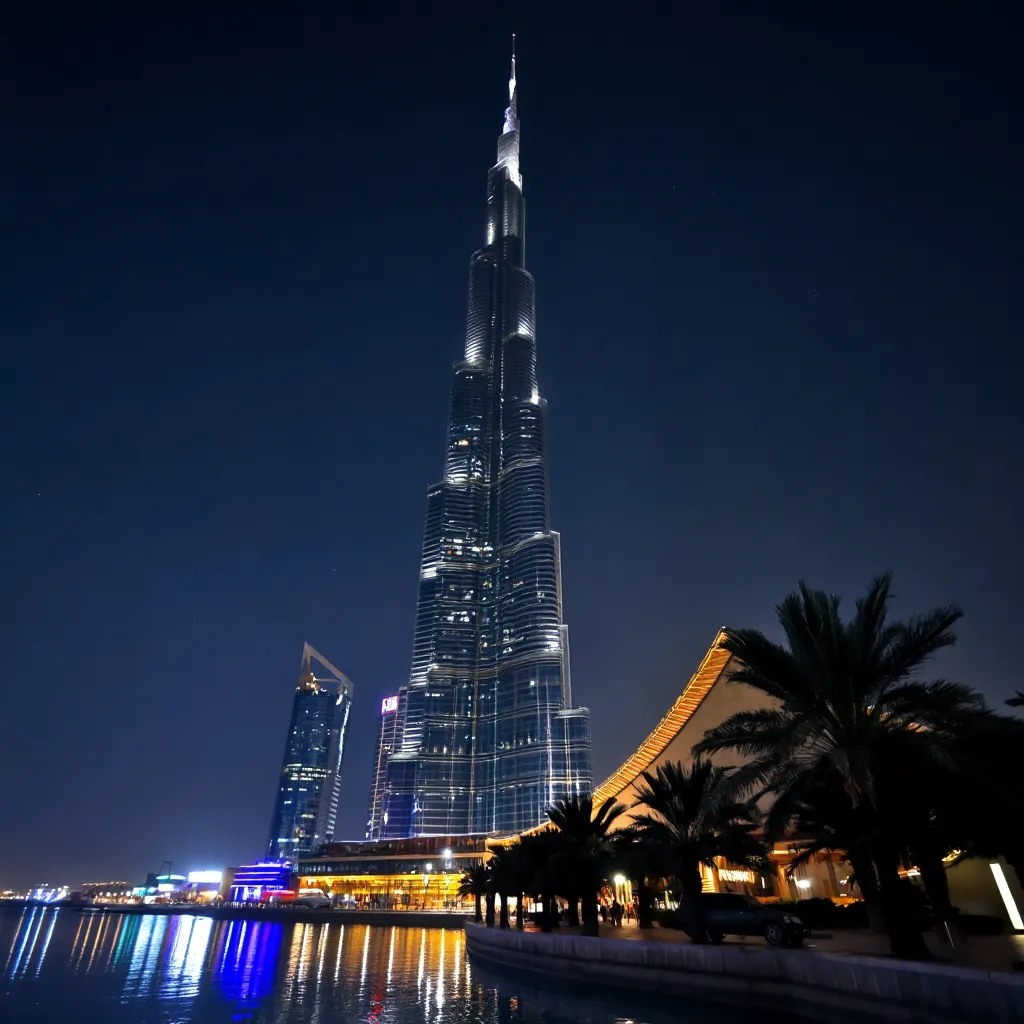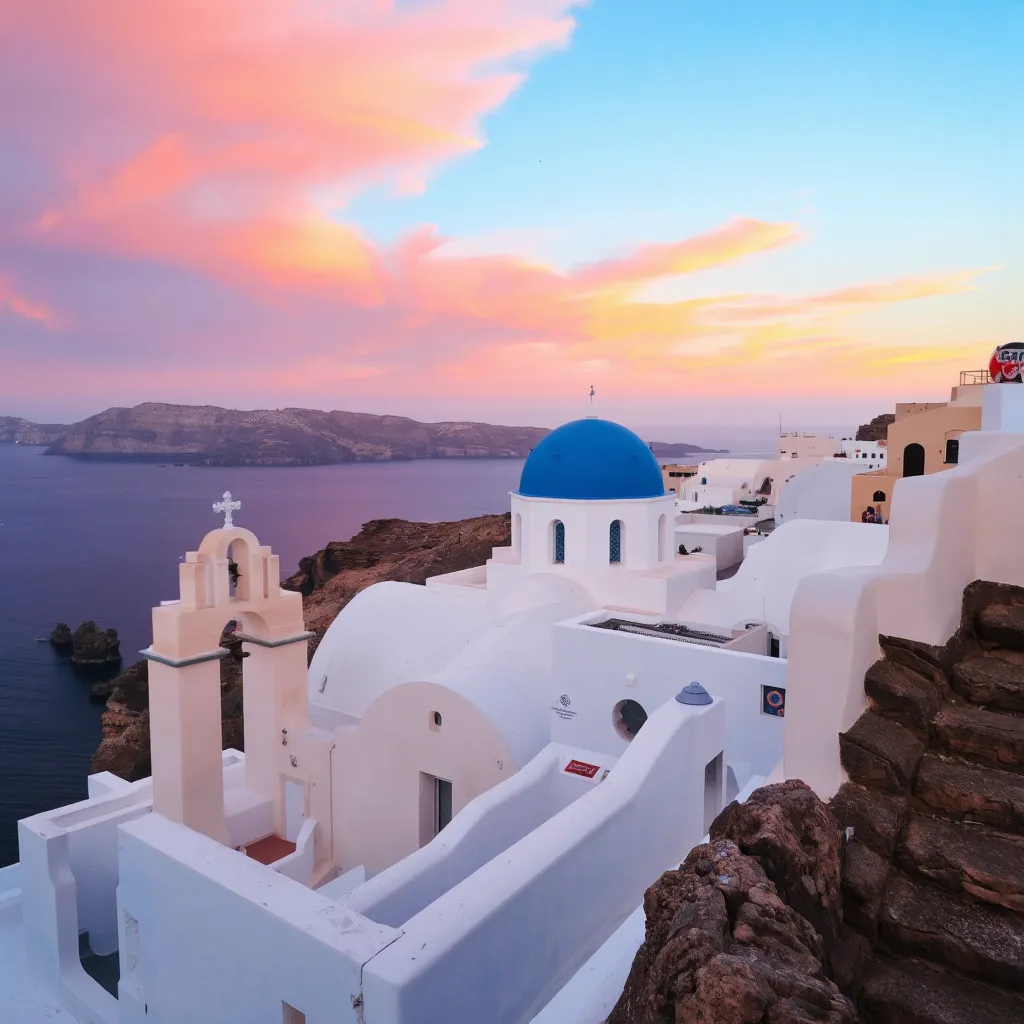Kyoto, the cultural heart of Japan, is a city where ancient tradition and natural beauty blend seamlessly with refined cuisine and modern comforts. Once the imperial capital for over a thousand years, Kyoto is celebrated for its stunning temples, sprawling gardens, historic neighborhoods, and vibrant festivals. Whether you stroll beneath thousands of vermilion torii gates at Fushimi Inari, wander quiet Zen gardens steeped in history, or savor delicate Kaiseki dining—Kyoto offers a uniquely immersive Japanese experience that captures the imagination.
This 5-day itinerary is designed to help you explore Kyoto’s best at a comfortable pace, providing a balanced mix of iconic sights, hidden gems, cultural insights, and culinary delights. Whether it’s your first visit or a return trip, this plan will guide you through the city’s timeless beauty and rich heritage, while including practical travel tips and recommendations to make your journey smooth and memorable.
Best Time to Visit Kyoto
- Ideal Seasons:
- Spring (March to May): Famous cherry blossoms (sakura) bloom mid-March to early April, making it the most popular and scenic time.
- Autumn (October to November): Beautiful fall foliage colors create stunning landscapes with fewer crowds than spring.
- Avoid: Mid-summer (July-August) due to hot and humid weather, and peak holiday seasons like Golden Week (late April to early May) for crowds and higher prices.
Getting to Kyoto
Nearby Airports:
- Kansai International Airport (KIX): Approximately 75 mins by train (JR Haruka Express) to Kyoto Station.
- Osaka Itami Airport (ITM): Closer, about 50 minutes by airport limousine bus or taxi.
- Tokyo Haneda or Narita Airports: If you fly into Tokyo, take the Shinkansen (bullet train) from Tokyo Station to Kyoto Station (approx. 2h 15m).
Recommended Transport to Kyoto:
- JR Haruka Express: Fast and convenient from Kansai International to Kyoto Station.
- Airport Limousine Bus: From Kansai and Osaka airports directly to various Kyoto city points.
Getting Around Kyoto
Kyoto’s public transportation system is efficient but somewhat different from metro-heavy cities like Tokyo.
- Buses: Kyoto’s city buses (especially the #100 and #206 routes) cover most tourist areas. They are affordable and frequent.
- Trains: JR lines and private railways like Hankyu and Keihan Railways are useful for certain locations.
- IC Cards (such as Icoca): Recommended for ease of fare payment on buses and trains.
- Taxis: Convenient but relatively expensive; good for short distances or when traveling in a group.
- Bicycles: Many tourists rent bikes — Kyoto’s compact and relatively flat downtown makes cycling enjoyable.
Recommended Accommodation in Kyoto
- Luxury: The Ritz-Carlton Kyoto – riverfront, high-end amenities, central.
- Mid-range: Hotel Gracery Kyoto Sanjo – central location, good service.
- Traditional Ryokan: Ryokan Yachiyo or Hiiragiya, for experiencing traditional Japanese hospitality.
- Budget: Guesthouses or hostels like Piece Hostel Sanjo or K’s House Kyoto.
5-Day Detailed Kyoto Itinerary
Day 1: Introduction to Kyoto’s Spiritual Heritage
Morning:
- Visit Fushimi Inari Taisha — iconic thousands of vermilion torii gates. Start early to beat crowds.
- Grab breakfast or a light snack at nearby shops (try Yatsuhashi sweets).
Midday:
- Head to Tofukuji Temple, famous for its Zen gardens and autumn foliage.
- Lunch: Try Kyoto-style obanzai (home-style vegetable dishes) at a local eatery near Tofukuji.
Afternoon:
- Explore Kiyomizu-dera Temple — scenic views of Kyoto and historic streets leading to it.
- Walk down Sannen-zaka and Ninen-zaka streets — traditional shopping and snack spots.
Dinner:
- Enjoy a Kaiseki dinner (multi-course haute cuisine), such as Kikunoi Honten (reservations recommended).
Day 2: Arashiyama and Western Kyoto Nature
Morning:
- Visit Arashiyama Bamboo Grove — early morning is best to avoid crowds.
- Explore Tenryu-ji Temple and its beautiful gardens.
- Wander along the Okochi-Sanso Villa with stunning landscapes.
Lunch:
- Sample local specialties at Arashiyama — perhaps Yudofu (tofu hot pot), a Kyoto specialty.
Afternoon:
- Visit Monkey Park Iwatayama for panoramic city views.
- Walk along the Togetsukyo Bridge and explore small shops and cafes.
Evening:
- Head back to central Kyoto.
- Dinner: Casual dining at Nishiki Market — try various street foods such as yakitori, grilled Wagyu skewers, and candied fruits.
Day 3: Eastern Philosophical and Cultural Experience
Morning:
- Explore the Philosopher’s Path — a pleasant walk along a canal lined with cherry trees.
- Visit Ginkaku-ji (Silver Pavilion) and its exquisite gardens.
Lunch:
- Local soba or udon noodles at a nearby traditional restaurant.
Afternoon:
- Visit Nanzen-ji Temple and its impressive Sanmon gate.
- Stop at smaller temples along the path, such as Honen-in and Eikan-do.
Evening:
- Explore Gion District — walk the historic streets, maybe spot a geisha.
- Dinner: Try tofu-based cuisine or a traditional tea house meal in Gion.
Day 4: Imperial Kyoto and Shopping
Morning:
- Tour Kyoto Imperial Palace and its surrounding gardens (advance reservations may be required).
- Visit Nijo Castle — beautiful castle grounds and fascinating history.
Lunch:
- Visit a café in the nearby downtown for matcha desserts or traditional Japanese sweets.
Afternoon:
- Spend time shopping at Teramachi and Shinkyogoku streets (popular shopping arcades).
- Alternatively, explore the modern Kyoto Station building and its shopping/dining floors.
Evening:
- Dinner: Try a Kyoto-style sushi place — Kyoto sushi is unique, especially saba (mackerel) sushi.
Day 5: Hidden Gems and Culinary Exploration
Morning:
- Visit Kurama and Kibune small mountain villages north of Kyoto — take Eizan Railway.
- Optional: Enjoy a peaceful hike from Kurama to Kibune (approx. 2 hours).
Lunch:
- Try local river cuisine at a riverside restaurant in Kibune (seasonal).
Afternoon:
- Return to Kyoto city.
- Explore Nishiki Market again or relax at a café with Kyoto-style sweets.
Dinner:
- Finish with a memorable kaiseki meal or try an izakaya (Japanese pub) for local eats and drinks.
- Alternatively, enjoy shojin ryori, vegetarian Buddhist monk cuisine, for a cultural culinary experience.
Additional Food Recommendations
- Street Food: Nishiki Market is ideal for fresh and affordable local bites — Wagyu skewers, yuba (tofu skin), pickles.
- Kaiseki: Kyoto is renowned for exquisite multi-course meals featuring seasonal ingredients.
- Shojin Ryori: Available at temples/restaurants like Shigetsu at Tenryuji.
- Matcha and Sweets: Try traditional Japanese sweets (wagashi) paired with matcha tea at specialty tea houses scattered throughout Kyoto.
- Sake: Kyoto sake is brewed using pure local water — try sake tastings at local bars.
Summary of Transport Passes and Cards
- Purchase an Icoca card or similar IC card for convenient pay-as-you-go on buses and trains.
- Consider a Kyoto City Bus & Subway One-Day Pass if you plan heavy bus use.
- The JR Pass is useful if coming from Tokyo or traveling outside Kyoto but not necessary for within Kyoto city.
- Bicycle rentals are widely available for $8-$15 per day in multiple locations.






